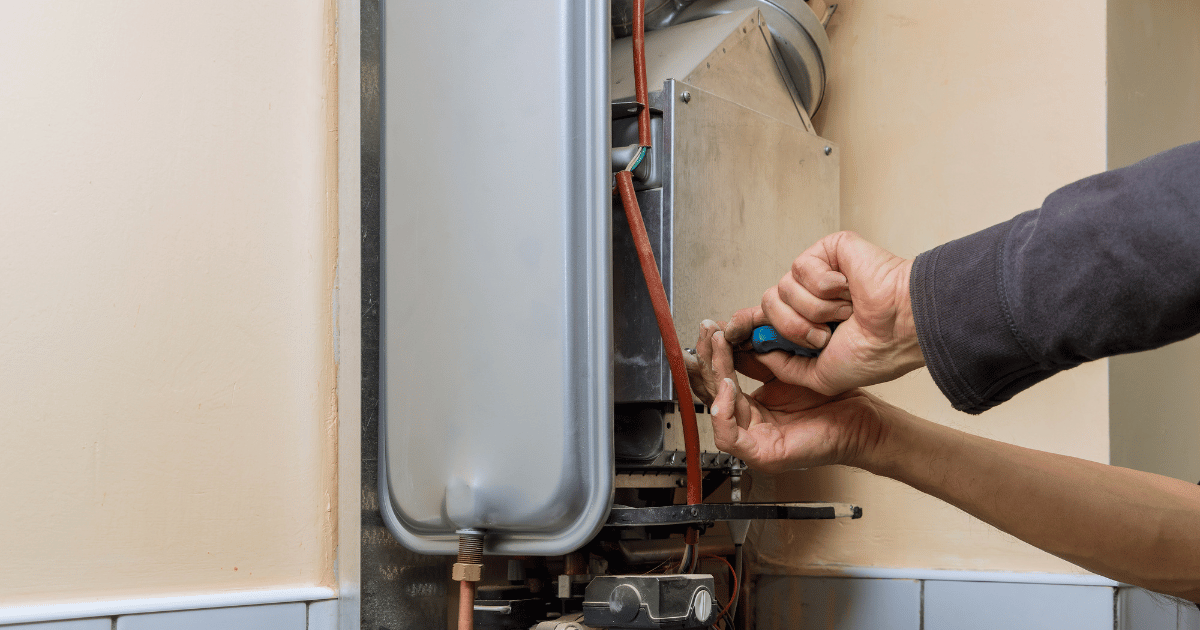Best Ways to Care for Your Home's Hot Water System Effectively
Best Ways to Care for Your Home's Hot Water System Effectively
Blog Article
What are your thoughts about How to Maintain a Hot Water Heater in a Few Simple Steps?

Hot water is important for daily convenience, whether it's for a rejuvenating shower or washing recipes. To guarantee your hot water system runs effectively and lasts longer, regular maintenance is vital. This write-up gives practical tips and understandings on exactly how to maintain your home's warm water system to avoid disturbances and pricey repair work.
Intro
Preserving your home's hot water system could seem complicated, yet with a couple of basic steps, you can guarantee it operates efficiently for many years to come. This overview covers everything from recognizing your warm water system to do it yourself upkeep tips and knowing when to call expert help.
Importance of Preserving Your Hot Water System
Routine maintenance not just prolongs the lifespan of your hot water system but additionally ensures it operates effectively. Neglecting maintenance can bring about decreased effectiveness, greater power costs, and even early failing of the system.
Signs Your Warm Water System Demands Maintenance
Understanding when your hot water system requires focus can avoid significant concerns. Watch out for indicators such as inconsistent water temperature level, weird noises from the heating unit, or corroded water.
Understanding Your Hot Water System
Prior to diving into maintenance jobs, it's helpful to comprehend the fundamental parts of your hot water system. Usually, this consists of the water heater itself, pipes, anode rods, and temperature level controls.
Month-to-month Maintenance Tasks
Regular month-to-month checks can aid catch minor issues before they intensify.
Purging the Hot Water Heater
Flushing your water heater eliminates sediment accumulation, boosting performance and prolonging its life.
Monitoring and Changing Anode Rods
Anode rods avoid rust inside the container. Evaluating and changing them when worn out is important.
Checking and Changing Temperature Level Setups
Changing the temperature level setups makes certain optimal performance and safety.
Do It Yourself Tips for Upkeep
You can execute numerous maintenance tasks on your own to maintain your warm water system in leading problem.
Checking for Leaks
Consistently evaluate pipelines and links for leaks, as these can result in water damage and higher bills.
Testing Pressure Alleviation Valves
Examining the stress relief valve ensures it functions properly and avoids excessive stress build-up.
Protecting Pipes
Insulating hot water pipes minimizes warm loss and can save energy.
When to Call a Specialist
While do it yourself upkeep is useful, some concerns call for expert competence.
Complex Problems Requiring Specialist Assistance
Examples consist of major leaks, electrical problems, or if your water heater is regularly underperforming.
Routine Specialist Maintenance Benefits
Specialist maintenance can consist of detailed assessments, tune-ups, and guaranteeing conformity with security standards.
Verdict
Routine upkeep of your home's warm water system is necessary for efficiency, long life, and expense financial savings. By complying with these tips and knowing when to look for professional assistance, you can ensure a trusted supply of hot water without unanticipated interruptions.
How to Maintain an Instant Hot Water Heater
Before tinkering with your hot water heater, make sure that it’s not powered on. You also have to turn off the main circuit breaker and shut off the main gas line to prevent accidents. Also turn off the water valves connected to your unit to prevent water from flowing into and out of the appliance. 2. When you’re done, you have to detach the purge valves’ caps. These look like the letter “T†and are situated on either side of the water valves. Doing so will release any pressure that has accumulated inside the valves while at the same time avoid hot water from shooting out and burning your skin. 3. When the purge valves’ caps are removed, you have to connect your hosing lines to the valves. Your unit should have come with three hoses but if it didn’t, you can purchase these things from any hardware or home repair shops. You can also get them from retail stores that sell water heating systems. Read the user’s manual and follow it to complete this task properly. When the hosing lines are connected, open the purge port’s valves. 4. You should never use harsh chemical cleaners or solutions when cleaning your unit. Make use of white vinegar instead. It should be undiluted and you’ll probably use about 2 gallons. 5. Now flush your water heater. This task should probably take about 40 minutes. We can’t give you specific directions for this because the procedure is carried out depending on the type, model and brand of your heater. With that being said, refer to the user’s manual. 6. When you’re done draining the unit, you have to turn off the purge port valves again. Remove the hosing lines that you earlier installed on each of the water valves. Put the valve caps (purge port) back in their respective places and be very careful so as not to damage the rubber discs that are found inside these caps. 7. Now that everything’s back in place, check your user’s manual again to find out how to reactivate your water heating system. 8. Once it is working, turn one of your hot water faucets on just to let air pass through the heater’s water supply pipes. Leave the tap on until water flows smoothly out of it. https://www.orrplumbing.com/blog/2014/september/how-to-maintain-an-instant-hot-water-heater/
:max_bytes(150000):strip_icc()/how-to-drain-a-water-heater-2719055-hero-35f0548b0f1f42f0b13ba96a33ab8da2.jpg)
Do you appreciate more info about What Kind of Maintenance Do Water Heaters Need?? Put a comment further down. We'd be delighted to find out your views about this blog entry. Hoping that you visit us again in the future. Those who appreciated our blog post plz don't forget to pass it around. I cherish reading our article about Water Heater Maintenance Tips You Can't Afford to Forget.
Contact Us Report this page